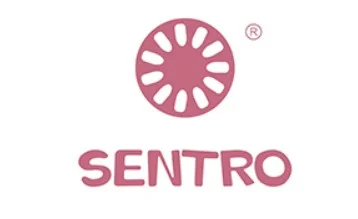Weaving a Sustainable Future: Environmental Considerations in Weaving Technology
Nov 12, 2023
Abstract:
The weaving industry, while steeped in tradition, is also embracing a forward-looking commitment to sustainability. This article explores the critical role of environmental considerations in weaving technology, focusing on eco-friendly practices, resource efficiency, and biodegradable materials, highlighting the industry's efforts to reduce its environmental footprint.
1. Introduction
The weaving industry, like many others, is facing the pressing challenge of sustainability. As environmental concerns become increasingly paramount, the weaving sector is proactively seeking eco-friendly solutions to minimize its impact on the planet. This article delves into the realm of sustainability in weaving technology, shedding light on the initiatives and innovations driving environmental responsibility.
2. Eco-Friendly Practices
2.1. Sustainable Materials
A pivotal step in the journey towards sustainable weaving is the adoption of eco-friendly materials. Weavers are increasingly turning to natural fibers, organic cotton, and recycled fabrics. These materials not only reduce the environmental footprint but also offer superior quality and comfort.
2.2. Energy Efficiency
Another crucial aspect of sustainable weaving is energy efficiency. Modern weaving machinery is being designed with energy-saving features, such as intelligent power management systems and low-energy consumption components. These innovations contribute to reduced greenhouse gas emissions and lower operational costs.
2.3. Waste Reduction
Minimizing waste is a fundamental principle of sustainable weaving. Manufacturers are implementing efficient cutting and fabric utilization processes to reduce textile waste. Additionally, recycling and upcycling of textile scraps are becoming standard practices in the industry.
3. Resource Efficiency
3.1. Water Conservation
Water is a precious resource in textile production, and sustainable weaving recognizes its importance. New weaving technologies incorporate water-saving techniques, such as closed-loop water systems and innovative dyeing methods that require less water.
3.2. Reduced Chemical Usage
Chemical use in weaving can have adverse environmental effects. Sustainable weaving machinery aims to reduce the reliance on harmful chemicals by developing eco-friendly dyes, finishes, and treatments that are less polluting and safer for both workers and the environment.
4. Biodegradable Materials
4.1. Introduction of Biodegradable Textiles
A notable advancement in sustainable weaving is the emergence of biodegradable textiles. These textiles are designed to break down naturally, reducing the burden on landfills and decreasing the environmental impact of discarded textiles.
4.2. Applications in Packaging and Fashion*
Biodegradable textiles find applications in various sectors, from eco-friendly packaging materials to sustainable fashion. These textiles represent a significant step towards a circular economy, where materials can be reused, recycled, or naturally decomposed.
5. Conclusion
In conclusion, sustainability is emerging as a central theme in the weaving industry. Environmental considerations are driving innovations in materials, energy efficiency, and waste reduction. As weaving technology evolves, a growing commitment to eco-friendly practices and biodegradable materials is reshaping the industry's landscape.
Sustainable weaving is not just a trend; it is a necessity in an era where environmental responsibility is paramount. By embracing sustainable practices and weaving a future that prioritizes the planet, the weaving industry is contributing to a greener, more responsible world. As we continue to weave our future, sustainability will undoubtedly remain at the heart of the textile industry's evolution.
